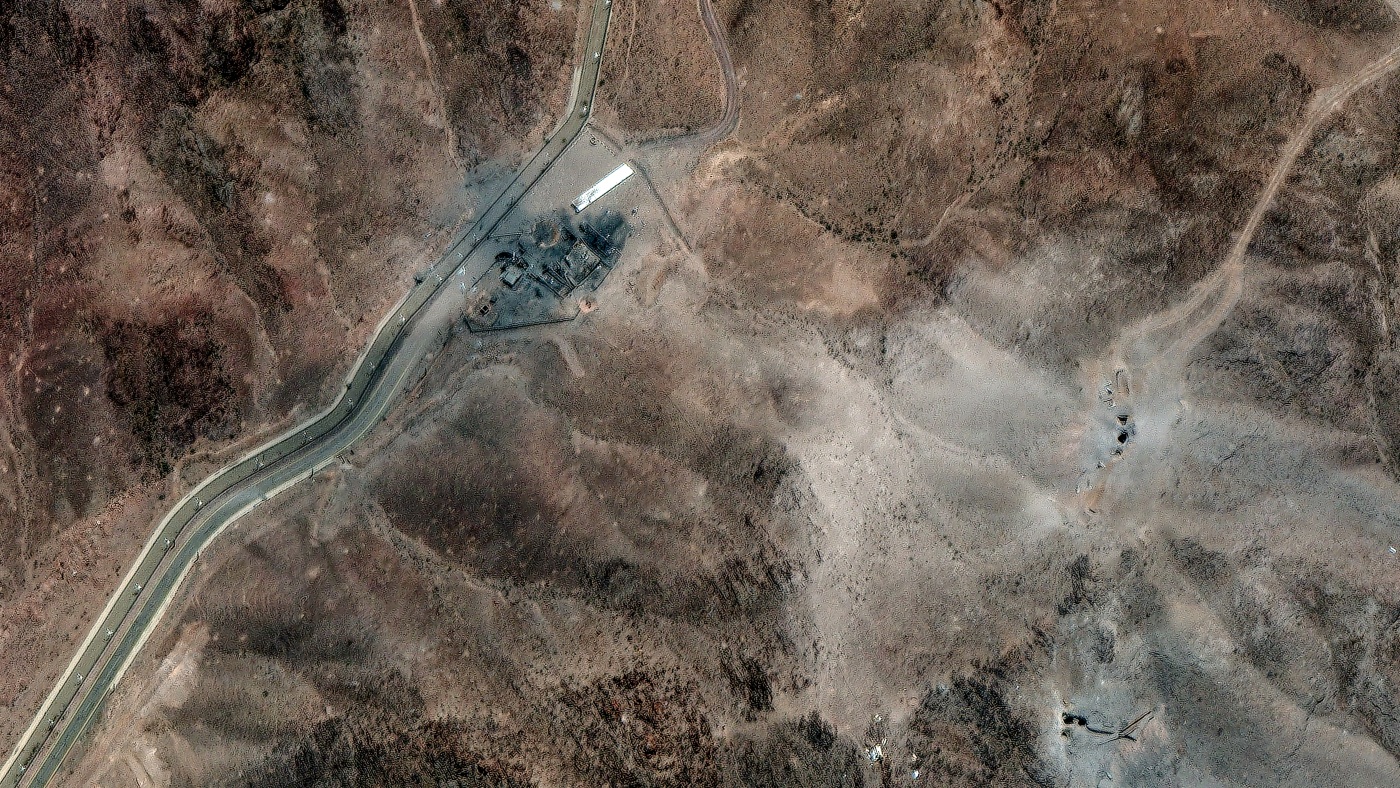Scientists have detected strange radio waves high above Antarctica, and they’re scratching their heads about what might be causing them.
These unusual pulses could hint at new particles or interactions that we haven’t seen before. The Antarctic Impulsive Transient Antenna (ANITA) experiment, which operates about 25 miles above the ice, picked up these signals. ANITA uses balloons to float over Antarctica, searching for ultra-high-energy cosmic neutrinos and other cosmic rays that rain down on our planet.
Normally, ANITA picks up particles that bounce off the ice, but this time, the signals are coming from the horizon, a mystery that current particle physics can’t explain. Neutrinos are prime suspects since they are the most abundant particles in the universe, yet incredibly elusive—nicknamed “ghost particles” because they hardly interact with anything.
Stephanie Wissel, a researcher at Penn State University and part of the ANITA team, explains that while we are flooded with neutrinos, detecting them suggests they have traveled vast distances without interacting. “We could be seeing a neutrino from the edge of the observable universe,” she says. However, this theory runs into a snag. The radio waves’ origin is steep, measured at 30 degrees below the ice, meaning they would need to travel through thousands of miles of rock before reaching ANITA.
This situation is noteworthy because neutrinos can travel light years, unaltered from their cosmic origins, due to powerful events in the universe. Scientists hope to learn about these events by tracing neutrinos back to their source.
But ANITA researchers label the detected radio waves as “anomalous,” suggesting they likely aren’t due to neutrinos. Another candidate could be dark matter, which makes up about 85% of the universe but remains unobservable.
Scientists are eager to keep monitoring these signals. Wissel adds, “We might detect more anomalies, and hopefully, we can figure out what’s happening. Detecting neutrinos would be incredibly exciting.”
As research progresses, the scientific community remains keen to unravel these cosmic mysteries. This intriguing development highlights just how much we still have to learn about our universe.
Source link




















